A helmet protects against critical head injuries - especially in mountain sports. But not all helmets are the same. Depending on the sport, it is important to wear a suitable model. There are now also helmets that can be used for several mountain sports.
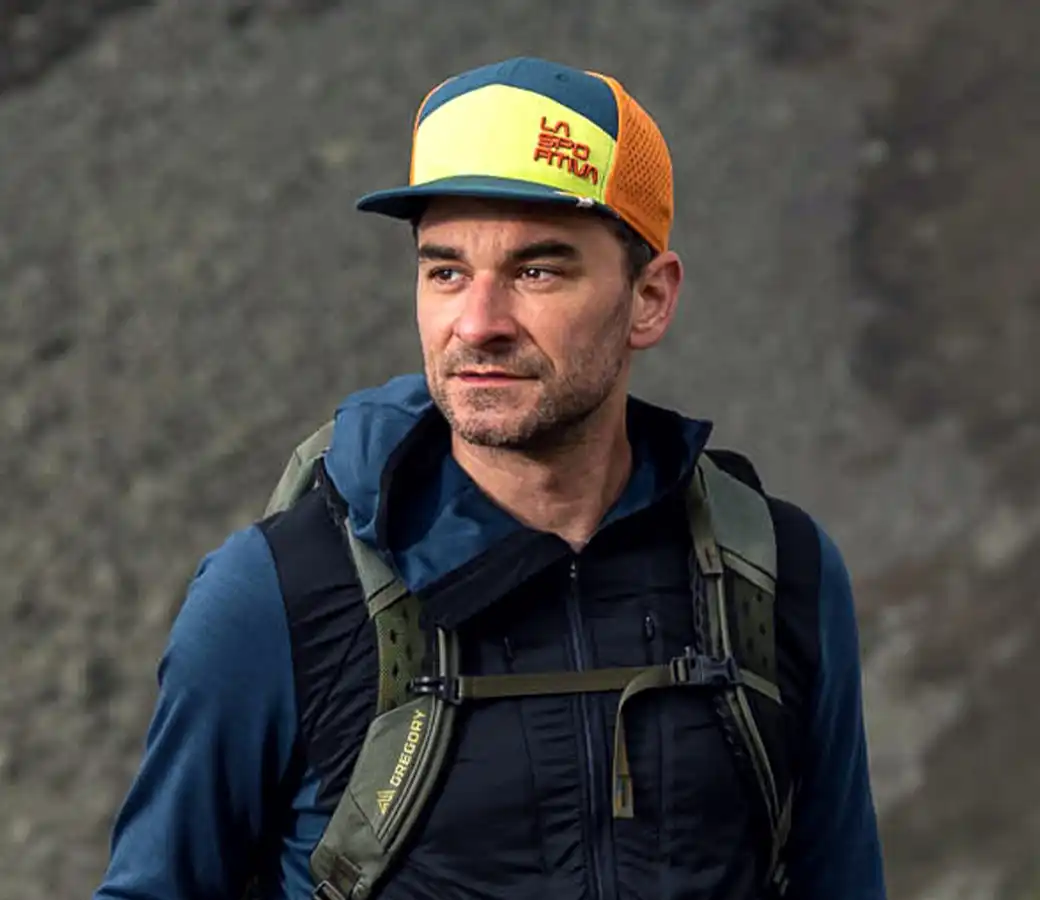
A post by
bächli mountain sports
The content specialist Fabian Reichle is himself an enthusiastic mountain athlete and enjoys being outdoors as often as possible. Benefit from the experience of Bächli Bergsport and take advantage of our expert advice. We are looking forward to your visit!
It should be obvious that you put on your ski boots for your ski tour and you lace up your hiking boots for the mountain tour. When it comes to clothing or backpacks, corresponding types are usually logical. And how do you protect your head on your mountain adventures? Do you have one and the same one? Helmet for all disciplines? This is not optimal – at least in most cases.
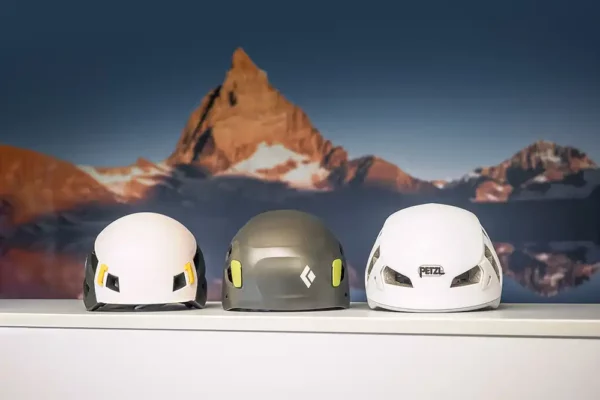
There are helmets for climbing, ski touring, alpine skiing and much more. Imagine the following two scenarios: a worker on a construction site and a cyclist on a singletrack. The former primarily protects his head from falling objects; The latter has a helmet on in case she falls off her bike and hits a rootstock.
Mountain sports helmets work on the same principle: they have to withstand different types of forces.
The climbing helmet primarily protects against falling rocks
If you are traveling vertically or mountaineering is your thing, you will need a climbing helmet. This protects you from falling rocks. More specifically, this means that it must be certified according to the European standard EN 12492.
This in turn ensures that the helmet has to withstand the load of a five-kilogram weight falling from a height of two meters. It must also not be penetrated by a tip weighing three kilograms from a height of one meter. Furthermore, the holding force of the chin strap must be over 50 kilograms so that the helmet is not torn off the head in the event of a fall.
You may also come across the UIAA 106 standard, which also tests helmets for safety - even a little more stringent than the European standard. However, the UIAA standard must be met voluntarily by manufacturers.
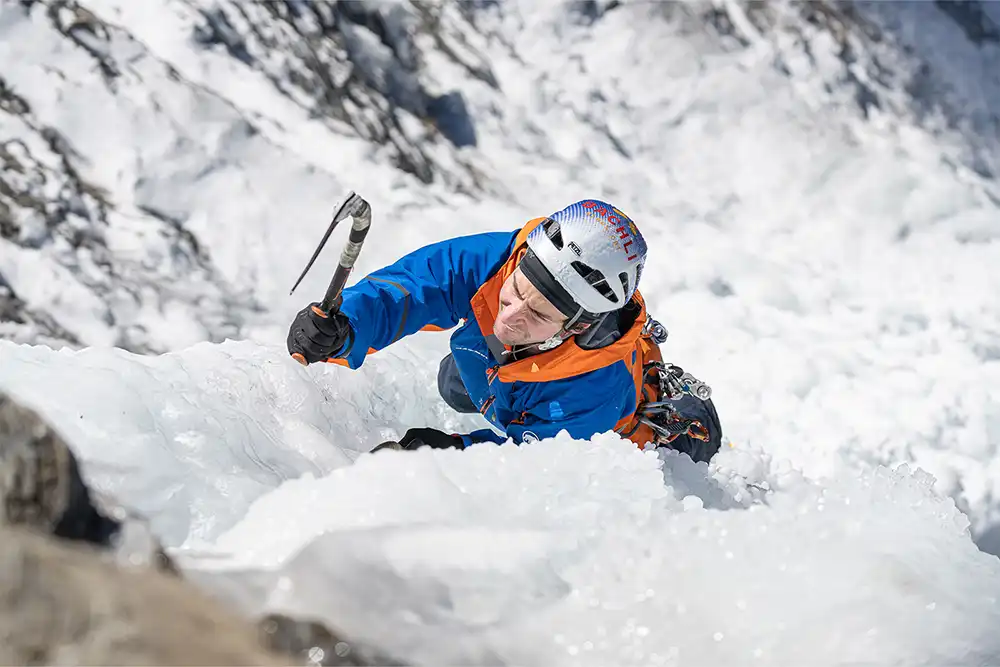
When it comes to a climbing helmet, the focus is on comfort. The range of motion of your head is particularly relevant in technical terrain, and the helmet shouldn't bother you. It is also important that the whole thing sits firmly on your head.
You choose the fit so that the helmet does not wobble and, above all, cannot be pulled off backwards. As a rule, modern models are designed in such a way that you can adjust them according to your head circumference.
Different types of helmets
1. Modern hard-shell helmets
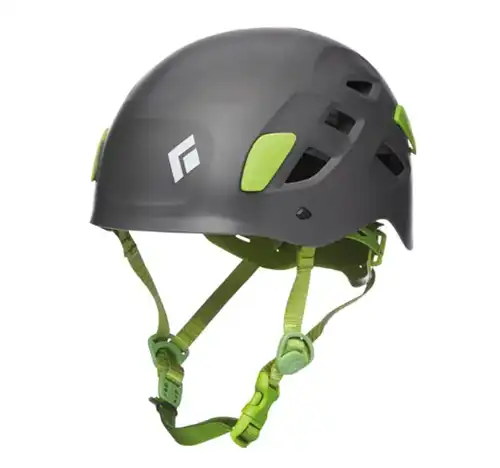
These models are characterized by a thick and robust shell made of sturdy plastic that extends over the entire helmet.
The material used is made of a sturdy type of plastic. Protection is primarily provided by a strap construction inside the helmet and an insert made of an energy-absorbing material such as EPS or EPP.
An example of such a modern hard-shell helmet is the Black Diamond Half Dome.
2. InMold helmets
With this construction method, a thin shell - usually made of polycarbonate plastic - is formed into which a rigid foam is welded.
This creates a robust and complete connection between the cushioning foam and the shell.
An example of such an InMold helmet is the Petzl Meteora.
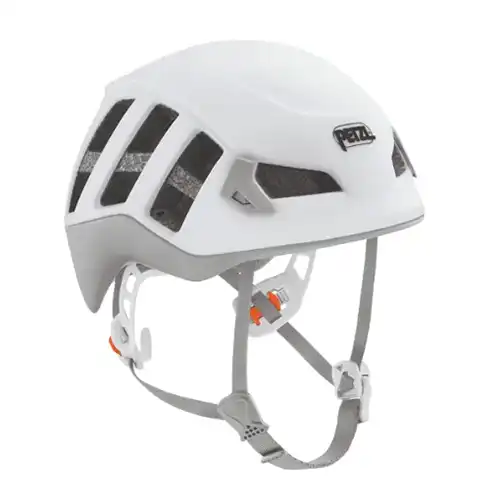
3. Hybrid helmets
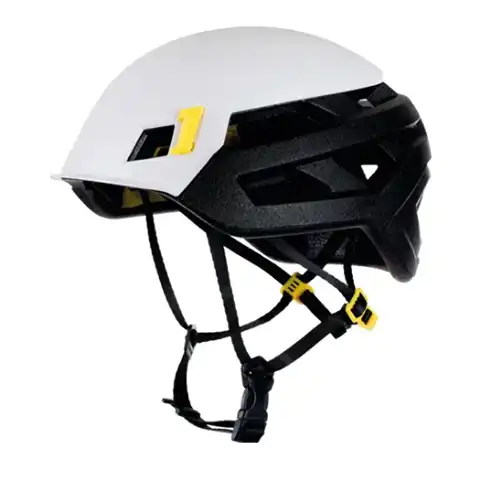
This is a mixture of InMold and hard shell. Hybrid helmets use the advantages of both technologies in different places.
Hybrid helmets are particularly robust and the weight is kept within reasonable limits.
An example of such a helmet is the Mammoth Wall Rider MIPS.
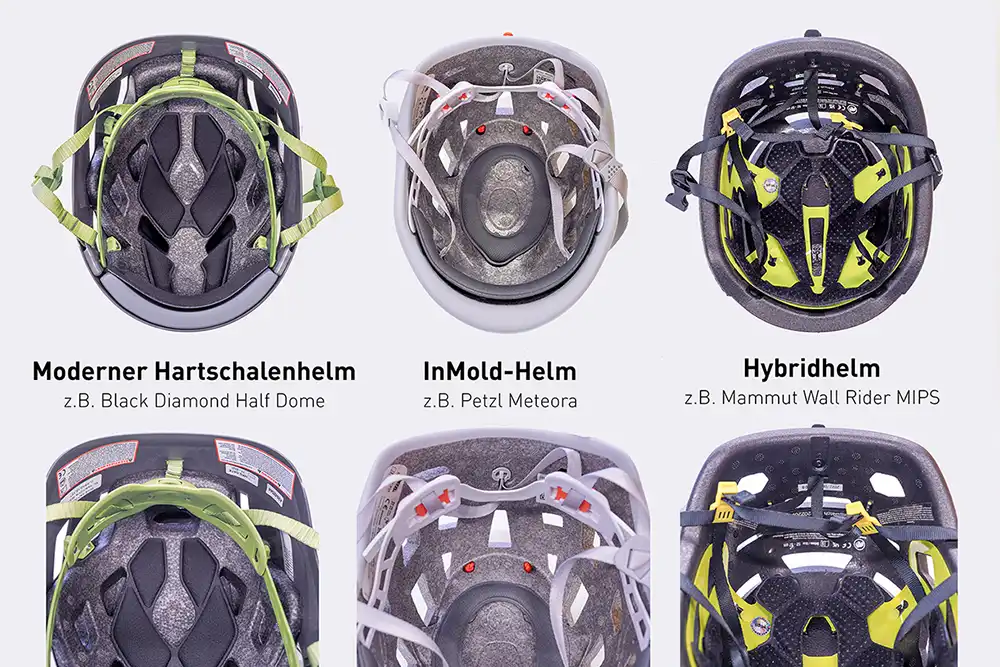
The ski helmet primarily protects against falls
What is now common practice in alpine skiing - according to the Advice Center for Accident Prevention, over 90 percent of all skiers wear a helmet - still has potential in ski touring. There is no reason not to wear a helmet off the slopes. Because there are dangers lurking here too.
As described at the beginning, Alpine ski helmets mainly have the fall factor. In contrast to a climbing helmet, it must be able to absorb a direct impact to the head. Alpine ski helmets are tested according to the DIN EN 1077 standard. This is based on different factors than those standards for classic mountain sports (but there are hybrid models here too).
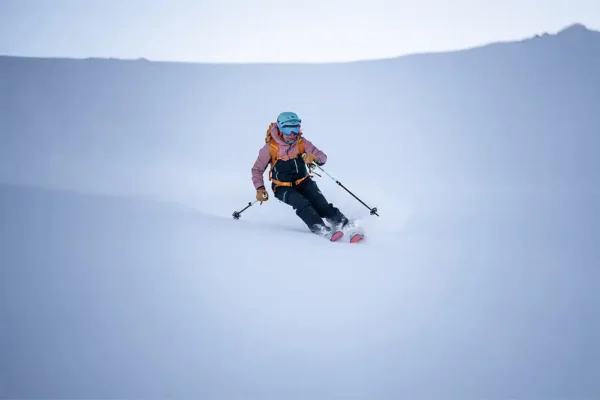
For ski tours, you should ideally choose a helmet that complies with both the standard for alpine ski helmets (EN 1077) and that for climbing helmets (EN 12492), for example if you plan to climb a summit in ski boots or are traveling in an area the rockfall plays a role – more on this in the next section.
Multi-certified helmets – one for many things
Here we come back to the beginning of the article: Yes, there are helmets that can be used for several mountain sports disciplines (and beyond). So-called multi-certified helmets, for example, meet the impact protection that is relevant for ski touring, but are also standardized according to EN 12492. This means that they also protect against falling rocks. This is particularly practical on technical high-altitude ski tours.
At this point: When inspecting a helmet, you will also find a CE marking in addition to the standard number. This means “Conformité Européenne”, in German “European conformity” and ensures that a product can be traded within the European economic area without restrictions. In this case: The helmet is really tested and safe.
You can even use some of them in addition to cycling - these are certified according to the EN 1078 standard. Whether one for many things or specific models depending on the purpose: both can have advantages and disadvantages.
Specific models for individual sports usually have special features or are particularly light, while a helmet for different sports is more universal and takes up less space in the closet.
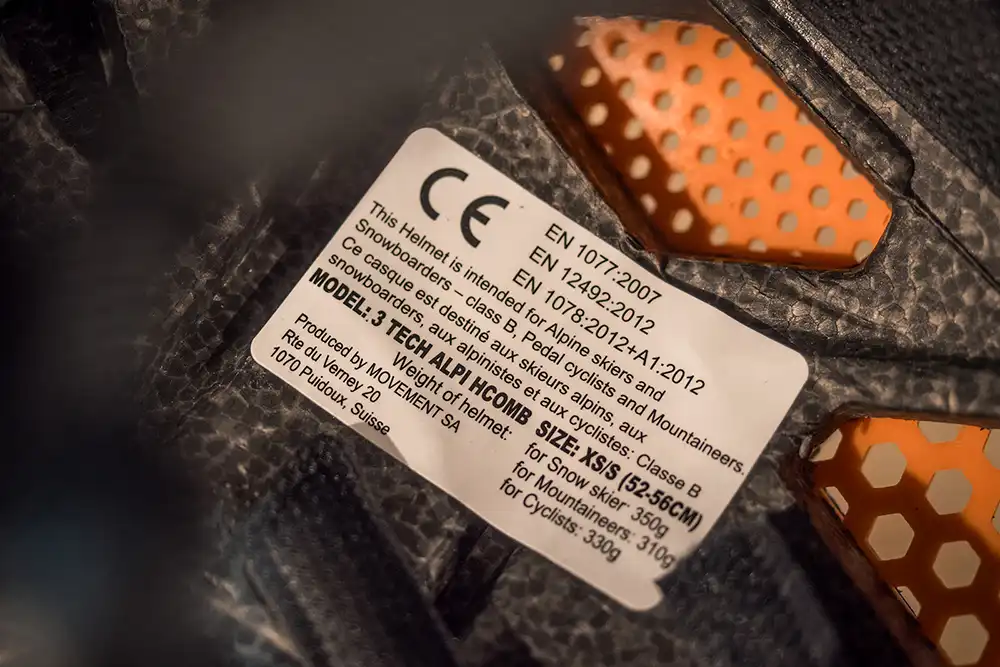
Maybe you're still wondering why you can't just take your alpine ski helmet with you on tour? First of all: Of course you can, in the end any helmet is still better than none at all. However, comfort plays a crucial role here. A specific ski touring helmet is lighter - top models for ski touring races weigh just 300 grams, are more breathable and space-saving. On the other hand, the protection factor is not quite at the high level of an alpine ski helmet.
Additional functions on the helmet for more comfort
Once you have found a suitable helmet, pay attention to details: For example, if you wear safety glasses when belaying, the helmet should not protrude into your field of vision. Do you have long hair that you like to tie up when climbing? There are helmets that have a recess specifically for this.
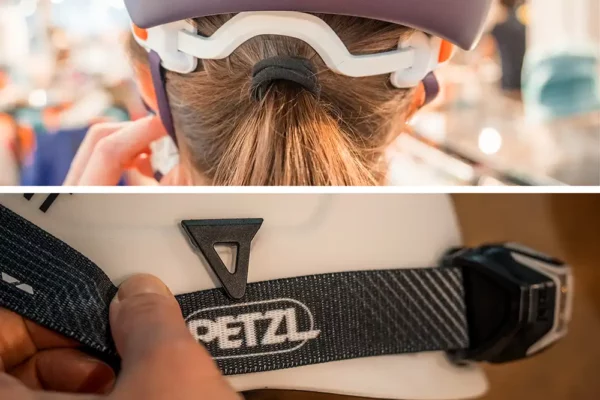
Ski touring helmets, on the other hand, usually have a headlamp holder, which is essential for early starts in the dark. The best thing to do is to bring the equipment you take with you on tour (goggles, headlamp, etc.) to the store and try out different models.
By the way: In this blog post you will find out everything about the new helmets for 2024!
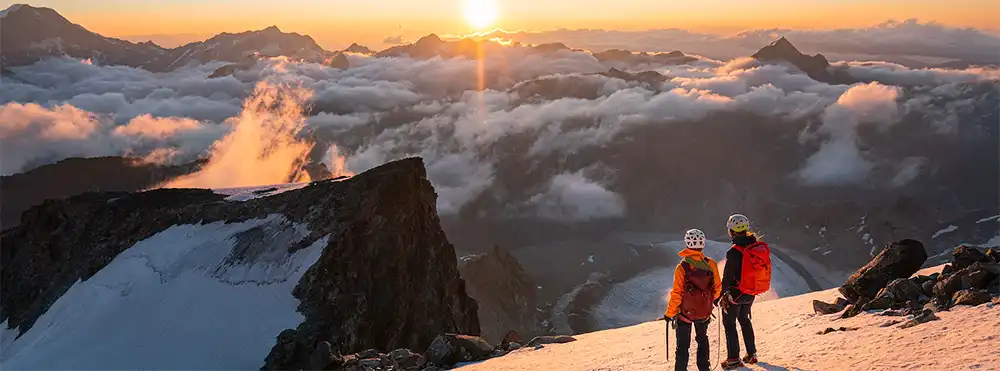
About Bächli mountain sports
Bächli mountain sports is the leading Swiss specialist store for climbing, mountaineering, expeditions, hiking, ski touring and snowshoeing. Bächli Bergsport currently offers its customers expert advice and high-quality service at 13 locations in Switzerland. Bächli Bergsport publishes on Lacrux at regular intervals exciting contributions to the topics climbing, bouldering and mountaineering.

